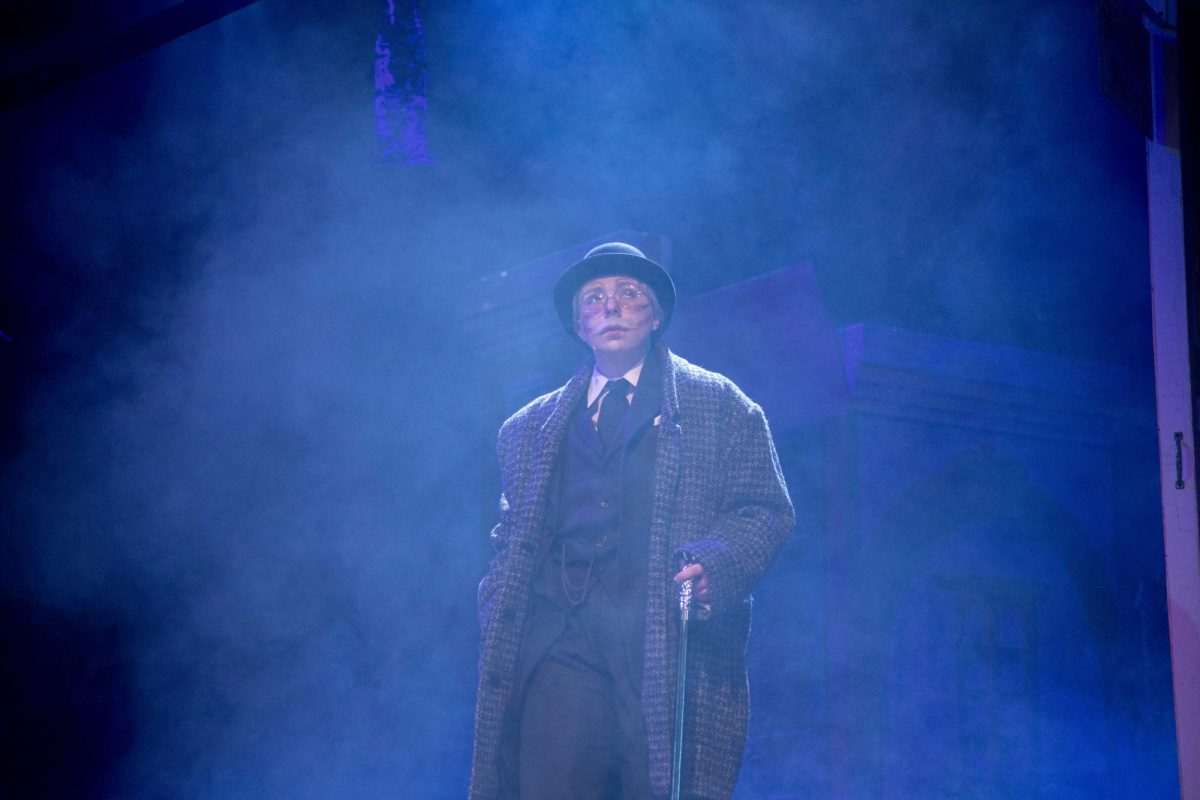SIUC Professor reflects on meeting Wang Dan
April 26, 1998
A Chinese dissident involved in the Tiananmen Square massacre, Wang Dan, was released from prison last week by Chinese authorities, and one SIUC geography professor recollects meeting Wang in Beijing in 1989.
While on sabbatical, Doc Horsley, associate professor of geography, taught at Beijing University and other educational institutions in China. Horsley was introduced to Wang in April 1989 when the demonstrations remained peaceful.
As a Beijing University student, Wang motivated students through passionate speeches and led demonstration marches around the city. Wang, 29, was paroled from prison on a medical discharge after serving 3 1/2 years of an 11-year sentence. Wang departed China and arrived in Detroit Sunday.
Advertisement
Horsley met Wang through his Beijing guide, who had known Wang and led Horsley to him. When Horsley arrived, Wang was on a hunger strike in Tiananmen Square with 200 other Chinese students. Horsley spent three hours inside a starvation circle encircled by thick rope on the floor of Tiananmen Square.
Wang was very politically motivated and intelligent, Horsley said. Wang knew all of the Chinese officials and how they could be reached.
Kevin Tang, vice president of the Friendship Association of Chinese Students and Scholars and graduate student in computer science from Beijing, marched around Tiananmen Square and observed the events through May that led to the violent dispersion of the one million-plus member demonstration on June 4, 1989.
Tang was a sophomore at Beijing University at the time and had frequented Tiananmen Square often.
Everybody was involved somewhat and most everybody had heard of [Wang], Tang said. I was surprised to hear Wang was released.
I hope this is a good sign.
Following the death of former Communist Party leader Hu Yaobang in April 1989, thousands of students and Chinese laborers gathered in Tiananmen Square to mourn his death; a common practice in China.
Advertisement*
Five days after Hu’s death, 80,000 Chinese, including 40,000 students, marched through Beijing calling for simple democratic reforms. Tang said that Hu’s death served as the foundation for the reforms that included freedom of the mainland press and increased educational emphasis by the government.
Several tiers of participation existed among the Chinese, whose laborers demanded quality wages and students sought basic democratic freedoms.
Hu was seen as a clean and clear leader, Tang said. And the people saw Hu’s death as something that could make things better in mainland China.
The Chinese government attempted to subside the masses by stationing unarmed police and soldiers around Tiananmen Square. The government was surprised when demonstrators freely interacted with the authority figures throughout May.
Horsley said that when the crowds did not go away from outside top Chinese government buildings, the government began to fear an insurrection. During the early hours of June 4, 1989, the People’s Liberation Army of China drove columns of tanks into the crowds dispersing them with machine.
Estimates run as high as 5,000 casualties and 100,000 injuries from the government putdown.
Chen Jian, associate professor of history from China, said Wang’s release is a political gesture aimed to improve relationships between Washington and Beijing.
Wang is the second major Chinese dissident to be released by the government in six months, two months before President Clinton is scheduled to visit.
This is a welcome development but does not generally mean an improvement in the human rights movement, Chen said. This means that Beijing is responsive to criticism.
Wang, during the Tiananmen Square insurrection, was highly publicized in American media.
Advertisement








